Hello I have a depth image, I want to extract the person(human) silhouette from that. I used pixel thresholding like this:
for i=1:240
for j=1:320
if b(i,j)>2400 || b(i,j)<1900
c(i,j)=5000;
else
c(i,j)=b(i,j);
end
end
end
but there is some part left. Is there any way to remove that?
Original_image:

Extracted_silhouette:

